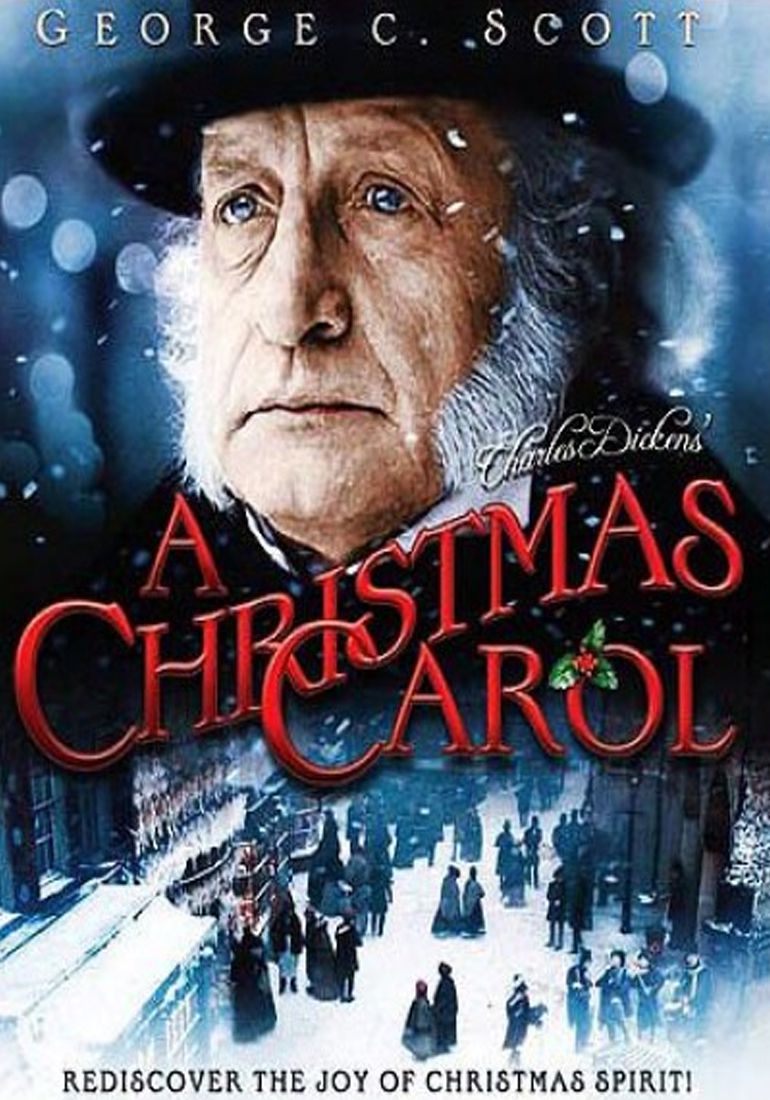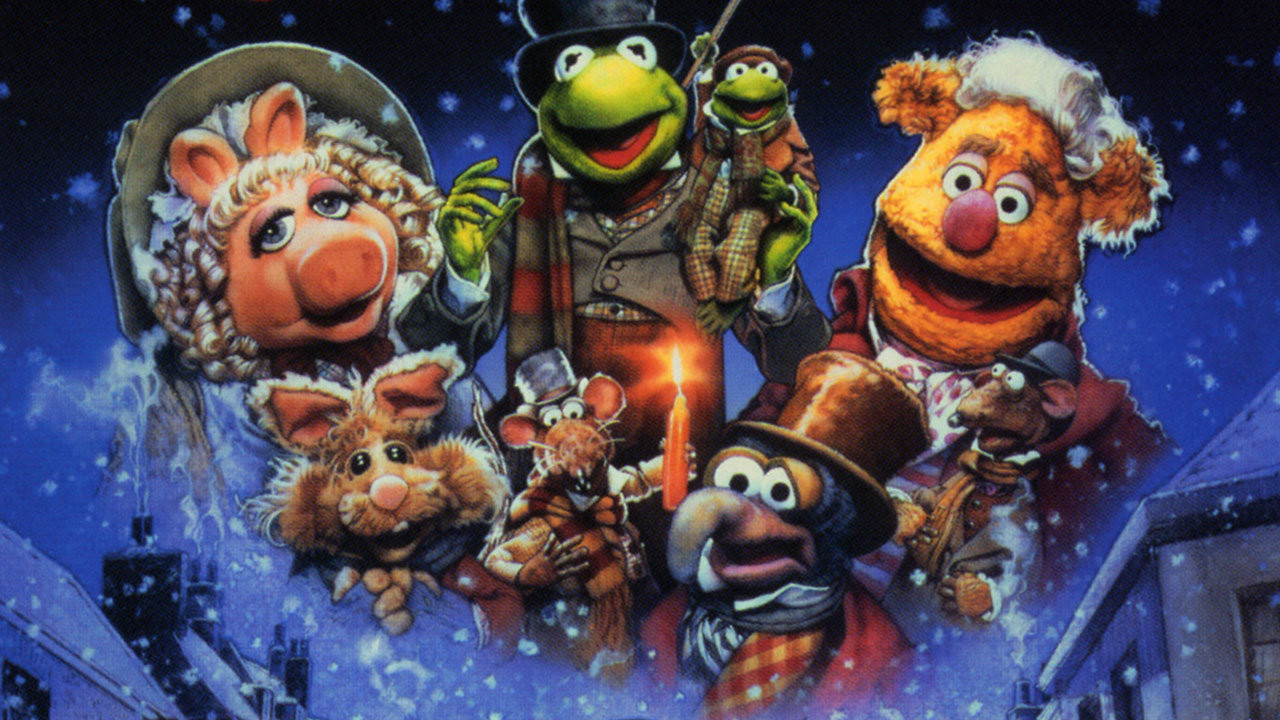
Boom.įor one thing, he made up and expanded the secular aspect of Christmas that we still know today. But in reality? With this one little book that was so wildly popular that seven (!) editions of the thing had sold out before six months passed, Dickens pretty much invented modern Christmas as we know it. Okay, so, it's true that in the "In a Nutshell" section Shmoop pointed out that A Christmas Carol came out just in time to capitalize on all the Christmas hype going around. What is A Christmas Carol About and Why Should I Care? Jam-packed with a ton of Dickens's ideas about how we need to empathize with the poor and give as generously as possible to those worse off than us, this weird mashup of touchy-feely melodrama and straight-up horror quickly turned into the runaway bestseller we all know and love. So he whipped up a little haunted house number where a miserly old man who's given up on connecting with other humans gets a chance to turn his life around after a couple of ghosts show him the past, present, and potential future. You know what people like better than moralizing essays? Almost anything, including stories about ghosts. In 1843, Parliament came out with a report on the way the Industrial Revolution was affecting kids, with the catchy title, " Second Report of the Children's Employment Commission." Dickens read the heck out of that thing, spent a few months touring factories and mines in the north of England, and planned to come out with a moralizing essay about the horrors he saw. (And you complain about doing homework! Imagine being down in a coal mine for 14 hours a day at 8 years old!) No schools, no food, no medical care, no labor or exploitation laws, all meant that the best possible scenario would be very hard physical labor, like in a mine or something. Who had it the worst? Arguably, poor kids. So if you couldn't support yourself all the way? You were out on the street with nothing to keep you alive and no one to care about you. That means that there was pretty much no social safety net for the poor, the sick, the disabled, and anyone else who nowadays is able to get some government assistance to get along in life. One major way that 19th-century England was different from 21st-century America (well, besides all the other really major ways) was that it was not a welfare state. He had a big fight with his publishers, who refused to print the thing because they were all, show us the money, and Dickens was all, dudes, with a name like Chuzzlewit how could it fail? (To which we say, with a name like Chuzzlewit, how could it not?) But yeah, it failed.įor another thing, A Christmas Carol's general plot outline of a miserable old guy who gets a life mulligan was something Dickens had already made up for a tiny subplot of the hilarious The Pickwick Papers, so all he had to do was reorient the thing and combine it with another one of his old ideas-a piece from his Sketches by Boz, which emphasized the idea that Christmas is the season when not-necessarily-religiously-motivated generosity and kindness could make the world a happier place.įinally, and most importantly, there's what we'll call philosophical opportunism. For one thing, Charles Dickens really, really needed a hit, since his last novel, Martin Chuzzlewit, had totally bombed. Second is what we'll call artistic context. So yeah, the time was totally ripe for all things Christmas. Not only that, but the Queen and Prince sent out the first ever Christmas card in 1843.

And then, to cap things off, in 1841 Queen Victoria married her German boyfriend (uh, we mean, Prince Albert), who had grown up with Christmas trees and brought that tradition over to Buckingham Palace with him.


And when we say old timey, we mean it we're talking Middle Ages here, folks. Sure, it was a religious holiday, but none of the more secular hoopla that we've come to associate with the idea of some kind of "Christmas season" or "Christmas spirit" had many takers in the 18th and early 19th centuries.īut in the 1830s a few books about old timey Christmas carols were published.

The thing is that Christmas-the way we know it, with the gift giving and parties and the tree-wasn't always a thing in England. Just what were the elements of the perfect storm that made A Christmas Carol possible?įirst is what we'll call the re-emergence of old tradition. … Oh, sorry, you're right, we should probably unpack that little analogy before peaceing out entirely. Remember that movie, The Perfect Storm? Where a whole bunch of natural phenomena coincide in just the right way to make George Clooney really sad on his little boat in the middle of a freakishly raging sea? Well, that's pretty much the same thing that happened in 1843, when A Christmas Carol was published.


 0 kommentar(er)
0 kommentar(er)
